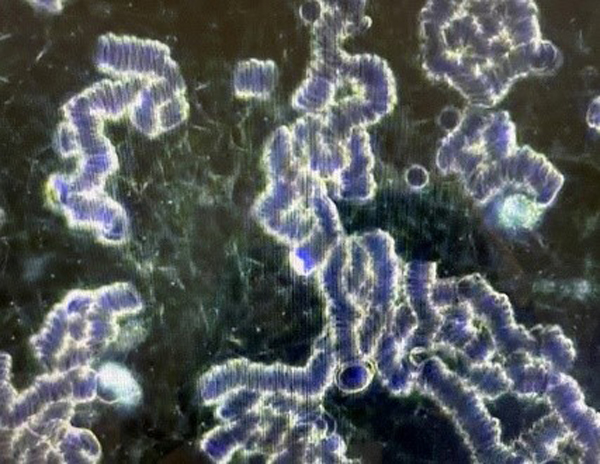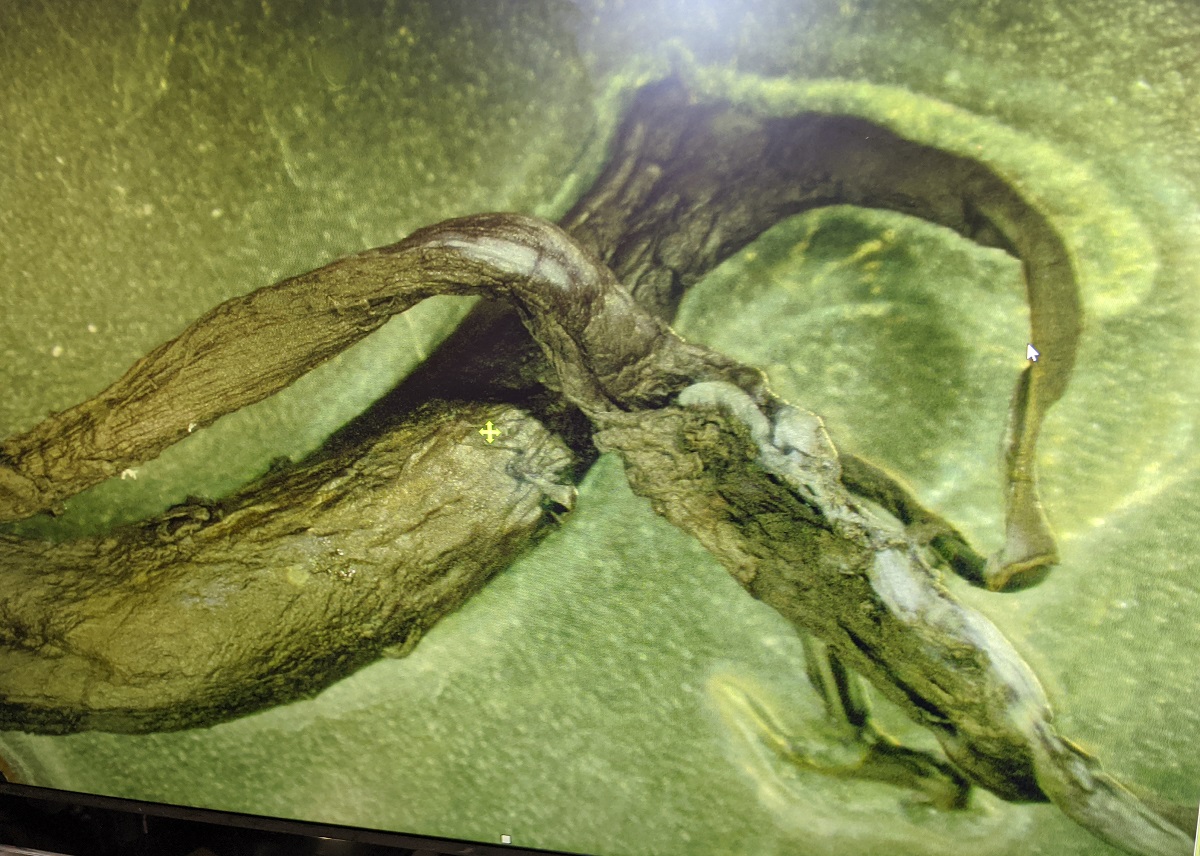Longest erupting supervolcanoes spewed lava for over 30 million years – study
11/12/2020 / By Virgilio Marin

A chain of supervolcanoes on the Kerguelen Plateau in the Indian ocean erupted continuously for 30 million years, according to a study published in the journal Geology.
Researchers from Curtin University and the University of Tasmania in Australia, as well as Uppsala University in Sweden, said that the supervolcanoes were fueled by a “magma conveyor belt.” This acted as a Bunsen burner that kept the magma molten and flowing, resulting in a remarkably long period of eruption.
“Other volcanoes would stop erupting because, when temperatures cooled, the channels became clogged by ‘frozen’ magmas,” said coauthor Hugo K.H. Olierook of Curtin’s John de Laeter Center and School of Earth and Planetary Sciences.
Kerguelen volcanoes erupted for 30 million years
At three times the size of Japan, the Kerguelen Plateau is one of the largest volcanic plateaus in the world. The plateau, which lies more than 1,800 miles to the southwest of Fremantle in Western Australia, is a large igneous province (LIP) predominantly submerged in ocean water.
LIPs are landforms created out of extremely large accumulations of volcanic rocks. According to lead author Qiang Jiang, Olierook’s colleague at Curtin, these landforms are interesting to study because they’re associated with mass extinctions, rapid climatic disturbances and ore deposit formation.
For their study, the researchers determined the age of several black basaltic rocks taken from the bottom of the Kerguelen seafloor using an argon-argon dating technique.
The team found that the volcanoes in the Kerguelen Plateau erupted from around 122 to 90 million years ago and spewed lava at a rate of about eight inches every year. At this rate and considering the size of the Kerguelen Plateau, Jiang said that the volcanoes must have filled an equivalent of 184,000 Olympic-size swimming pools every single year. That’s equal to 5.5 trillion lava-filled swimming pools over the entire eruptive duration of the volcanoes.
“This volume of activity continued for 30 million years, making the Kerguelen Plateau home to the longest continuously erupting supervolcanoes on Earth,” said Jiang.
Such long-lasting volcanism distinguishes the Kerguelen Plateau from other LIPs. LIPs, according to the researchers, typically form in one short pulse or in several punctuated pulses of around one to five million years.
Mantle plume kept magma molten
The researchers explained that the volcanism lasted for so long because of a mushroom-shaped mantle upwelling — called a mantle plume — beneath the Kerguelen Plateau. When the supercontinent Gondwana partially broke into the pieces now known as Australia, India and Antarctica, the plateau began forming on top of this mantle plume and along deep-sea, mid-oceanic mantle ridges.
The mantle plume, according to the researchers, served as a magma conveyor belt, allowing magma to continuously flow out through the mid-oceanic ridges by keeping the melting process active.
“For the Kerguelen Plateau, the mantle plume acts as a Bunsen burner that kept allowing the mantle to melt,” said Olierook.
The eruption rate of the volcanoes plummeted around 90 million years ago for reasons that remain unclear. Despite the dramatic decrease, however, a slow but steady outpouring of lava continues to this day. For instance, the 2016 eruptions in the region are thought to be linked to the Big Ben volcano on Heard Island, which is part of the Kerguelen Plateau. (Related: A single volcanic eruption caused one of the planet’s most devastating mass extinctions, scientists discover.)
The findings of the study, according to the researchers, can help geologists determine the factors that trigger the start and end of volcanic activity. This, in turn, has implications for our understanding of magmatism on Earth and other rocky planets.
Discoveries.news has more fascinating studies about volcanoes.
Sources include:
Submit a correction >>
Tagged Under:
discoveries, environment, Gondwana, Kerguelen Plateau, large igneous province, lava flow, magma, mantle plume, mass extinction, natural disaster, research, supervolcanoes, volcanic eruption
This article may contain statements that reflect the opinion of the author
RECENT NEWS & ARTICLES
COPYRIGHT © 2017 DISCOVERIES NEWS





















